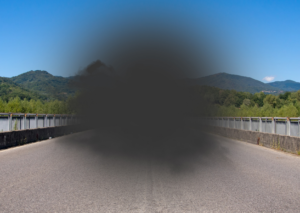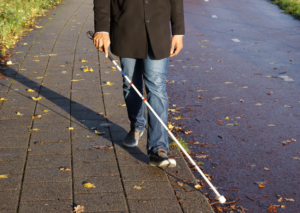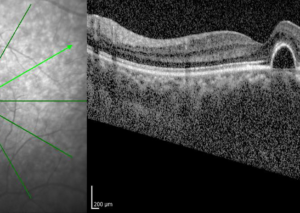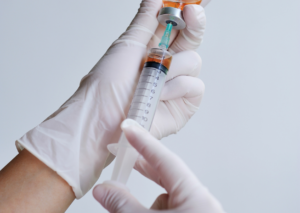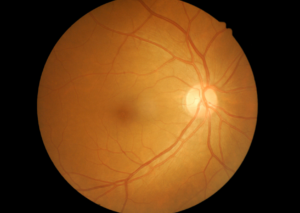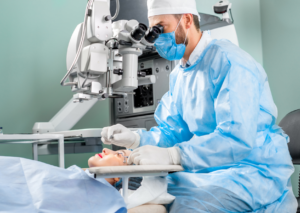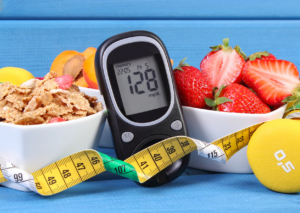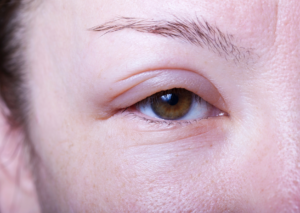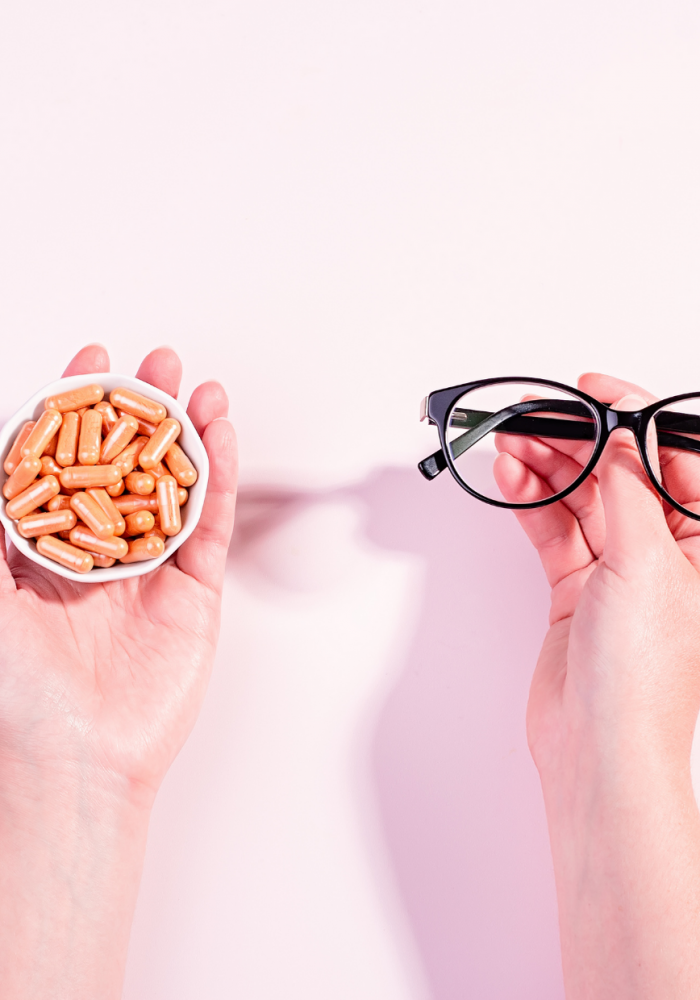What is Age-Related Macular Degeneration (ARMD)?
It is a medical condition which usually affects older adults and results in a loss of vision in the centre of the visual field, due to degeneration of receptor cells in the macula (the central area of retina). It is a major cause of blindness and visual impairment in older adults (>50 years).
Macular degeneration can make it difficult or impossible to read or recognize faces, although enough peripheral vision remains to allow other activities.
